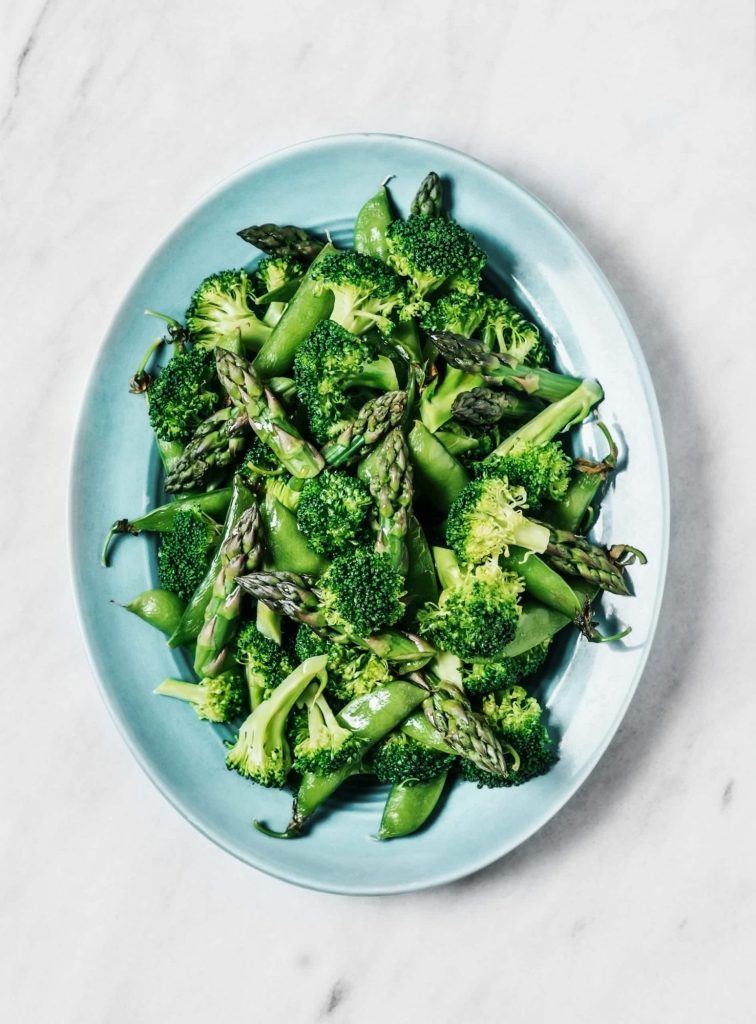While there’s no scientific definition for superfoods, they tend to be higher in antioxidants, vitamins and other nutrients and are eaten by lots of people on Instagram.
But there’s another group of foods that not only have these incredible benefits but they’re also readily available and easy to incorporate into everyday meals – and the best part? You can find them in your fridge or pantry.
1. Broccoli
Of all cruciferous vegetables, broccoli stands out as the most concentrated source of vitamin C and vitamin A. These two essential antioxidants have been linked to a boosted immune system defense and reduce risk of cataracts and heart disease.
Tip: You can eat broccoli raw or cooked. Ideally it should be steamed to retain the nutrients, but it’s also very tasty sautéed in olive oil and garlic and a great addition to almost any pasta dish.
2. Oily Fish Salmon
Salmon is one of the richest sources of omega-3 fatty acids. There’s strong evidence that omega-3 reduces the risk of heart disease, lowers cholesterol and reduces inflammation, particularly in those with joint problems.
The Heart Foundation recommends adults consume 500mg of omega-3 fats per day — a 150g can of salmon can provide more than 2000mg of omega-3 fats! Other oily fish such as sardines, tuna, herring and mackerel are also great sources of omega-3 fatty acids.
Tip: Aim to eat 150g of oily fish 2-3 times per week. Enjoy fresh fish grilled, barbequed or baked, or use canned varieties in sandwiches, wraps, omelettes, pastas, salads or in sushi.
3. Legumes
Legumes, beans, lentils and dried peas are an inexpensive and versatile food that are packed full of protein. They are also rich in slow releasing carbohydrates that are important for peak exercise performance and reduced fatigue. They contain important probiotics that encourage growth and protection of beneficial bacteria in the gut, aiding digestion, improving complexion, boosting immunity and helping to balance the digestive system for optimal internal and external health.
Tip: Legumes can be purchased canned or dried. Choose the low-salt varieties wherever possible. Toss them in a salad, add to soups, casseroles or use to bulk out meat dishes. They make a great base for patties or a low-fat dip, such as hummus.
4. Oats
Oats are unique in that they are high in soluble fibre and beta-glucan, which helps reduce cholesterol absorption. Beta-glucan has also been shown to improve blood glucose control and insulin responses after a meal, which ultimately promotes less fat storage.
Tip: Opt for the rolled varieties rather than the “instant”, which have been processed and digest a lot faster. Bored of porridge? Try a refreshing Bircher-style muesli prepared the night before with 3/4 cup of oats, grated apple and nuts all soaked in yoghurt. You can also add oats to smoothies or use when baking cookies, muffins, meat patties, fruit loaves or crumbles.
5. Eggs
One egg contains high-quality protein and at least 11 essential vitamins and minerals. Eggs are the richest source of the mineral choline, and one of the few food sources of vitamin D — a nutrient many of us lack, putting ourselves at increased risk of conditions ranging from brittle bones to cancers.
Tip: Poached, baked or scrambled — however you like them — eggs are also versatile team players in casseroles, omelettes, frittatas or added to your favourite stir-fries, rice dishes and even desserts.
This article first appeared in Fitness First magazine.







